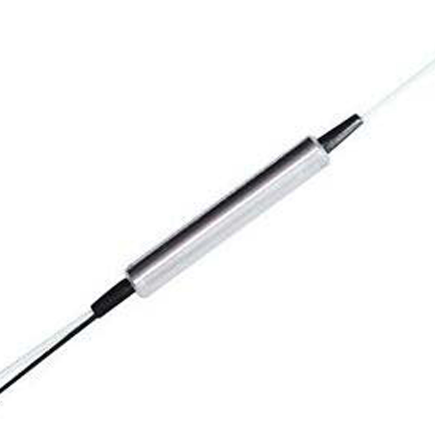I talked about the introduction of single-mode and multi-mode telephone optical transceivers before, and I will continue to explain them in detail today. The difference between single-mode and multi-mode is described from six aspects: core diameter, light source, bandwidth, sheath color, modal dispersion, and price.
1.Fiber Core Diameter
Multimode fiber: the core diameter is 50~62.5μm, and the outer diameter of the cladding is 125μm. Single-mode fiber: The core diameter is 8.3 μm, and the outer diameter of the cladding is 125 μm. The working wavelengths of the optical fibers are 0.85 μm for short wavelengths, 1.31 μm and 1.55 μm for long wavelengths. The fiber loss generally decreases with the wavelength. The loss of 0.85μm is 2.5dB/km, the loss of 1.31μm is 0.35dB/km, and the loss of 1.55μm is 0.20dB/km, which is the lowest loss of the fiber, and the wavelength is 1.65 Losses above μm tend to increase. Due to the absorption effect of OHˉ, there are loss peaks in the range of 0.90~1.30μm and 1.34~1.52μm, which are not fully utilized. Since the 1980s, single-mode fibers tended to be used more, and the long wavelength of 1.31 μm was used first.
2.Optical Source
Single-mode fiber: The single-mode uses a laser as the light source, so the price is more expensive than the LED light source. The light generated by the laser light source can be precisely controlled and has high power. Multimode fiber: Using LED as the light source, the light generated is relatively scattered.


Comments are closed